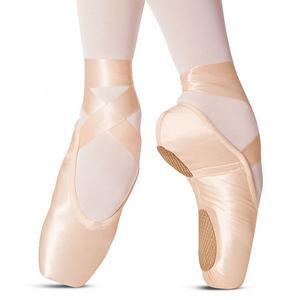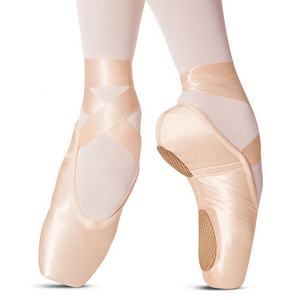
Great Dancers- Sergei Pavlovich Diaghilev

Sergei Pavlovich Diaghilev , also referred to as Serge, (March 31, 1872 – August 19, 1929) was a Russian art critic, patron, ballet impresario and founder of the Ballets Russes from which many famous dancers and choreographers would later arise.Diaghilev staged Tchaikovsky’s The Sleeping Beauty in London in 1921; it was a production of remarkable magnificence both in settings and costumes, but despite being well received by the public it was a financial disaster for Diaghilev and Oswald Stoll, the theatre-owner, who had backed it. The first cast included the legendary ballerina Olga Spessivtseva. Diaghilev insisted on calling the ballet The Sleeping Princess.
When asked why, he quipped, “Because I have no beauties!” The later years of the Ballets Russes were often considered too “intellectual”, too “stylish” and seldom had the unconditional success of the first few seasons, although younger choreographers like George Balanchine hit their stride with the Ballet Russes.
The end of the 19th century brought a development in the handling of tonality, harmony, rhythm and meter towards more freedom. Until that time, rigid harmonic schemes had forced rhythmic patterns to stay fairly uncomplicated. Around the turn of the century, however, harmonic and metric devices became either more rigid, or much more unpredictable, and each approach had a liberating effect on rhythm, which also affected ballet. Diaghilev was a pioneer in adapting these new musical styles to modern ballet. When Ravel used a 5/4 time in the final part of his ballet Daphnis and Chloe (1912), dancers of the Ballets Russes sang Ser-ge-dia-ghi-lev during rehearsals to keep the correct rhythm.
Members of Diaghilev’s Ballets Russes later went on to found ballet traditions in the United States (George Balanchine) and England (Ninette de Valois and Marie Rambert). Ballet master Serge Lifarwent on a technical revival at the Paris Opera Ballet, enhanced by Claude Bessy and Rudolf Nureyev in the 1980s. Lifar is credited for saving many Jewish and other minority dancers from the Naziconcentration camps during World War II.



